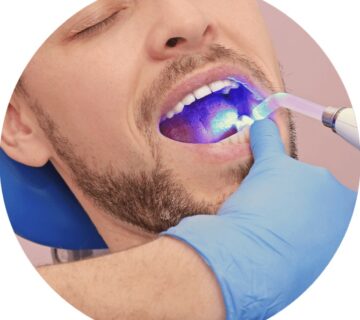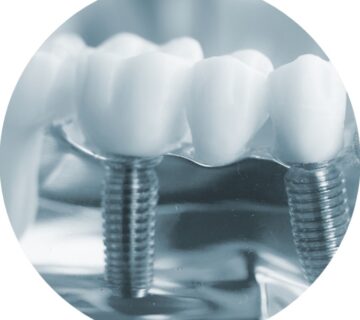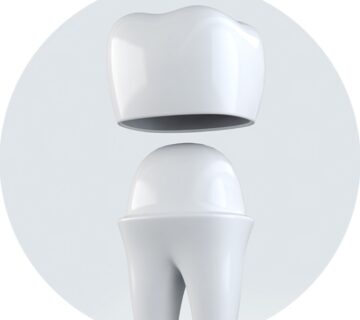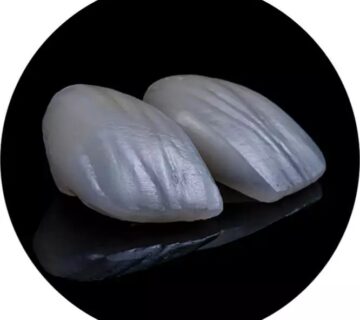A sinus lift surgery helps you make the most of your dental implants to rebuild confidence with a secure smile. The procedure comes in handy, especially after bone tissue loss. This guide takes you through all the essential details you need to know about sinus lift surgery.
Sinus lift operation is a type of oral surgery used to build up the upper jaw bone. Several years of periodontal disease, tooth loss, and a combination of other conditions usually wear out the jawbones. Additionally, missing teeth can trigger maxillary sinusitis and sinuses can invade the upper posterior bone such that there would be no sufficient bone for holding dental implants.
Dental implantation is the best solution to realize the look, feel, and function of the natural teeth, but its success largely depends on the quality and quantity of maxillary bone. Luckily, you have access to different bone graft procedures designed to gently and painlessly build up jawbones.
Undertaking the sinus lift operation targets the upper jaw, lifting the sinus membrane via a small opening to place the bone graft material between the bone and the membrane. The material used eventually turns to born after a predefined period – typically from 4 to 8 months. The dental implant surgery can take place right after the sinus lift augmentation surgery or later. This decision largely depends on the consistency and quantity of maxillary bone matter.
The main risk you can face during this procedure is that the sinus membrane may develop a hole. In case that happens, your dentist will either place a membrane over the tear or suture it. The dentist may also choose to let the hole heal over a given period before proceeding with the procedure later.
Your dentist can redo the sinus augmentation after the membrane has healed after a few months. It faces reduced risks since the membrane tends to be thicker and stronger during the second trial.
Most surgical procedures often have to deal with the risk of an infection, but that rarely happens in the case of upper jaw bone augmentation.
There are two main types of sinus lift operation: (1) internal sinus lift and (2) lateral sinus lift. The difference between these two mainly lies in how the surgeon accesses the sinus cavity.
Also called the floor elevation technique or summers technique. It entails accessing the sinus cavity via an empty implant socket. The oral surgeon Dental Europe focuses on where a tooth was recently extracted or lost.
The process involves partially drilling out the bone and tapping the base of the hole towards the sinus upwards. That creates sufficient depth that you can use when inserting an implant. The surgeon then syringes the Dental bone grafts into space.
Depending on all factors at hand, the surgeon may choose to perform implant placement right after the procedure.
After losing teeth, the upper jaw bone typically shrinks rapidly to as thin as 1 – 2 mm. That necessitates the need for bone grafting before placing dental implants. In such a case, an external sinus lift can help augment the thin jaw bone.
The surgeon places the patient under local anesthesia and makes a small bony window at the back upper jaw using PiezoSurgery. He then proceeds to lift the sinus membrane and place the bone grafting materials into the sinus. The Dental Europe oral surgery process could use either the patient’s bone (autogenous bone) or bone from another source (Human Driven, animal-driven etc ). This type of grafting proves advantageous because you do not need a second harvesting process.
Sinus lift procedure typically completes without any complications. Thus you have no reason to worry. You are less likely to face a dental sinus lift complication, and the process lasts for about two hours.
1. The patient undergoes freezing using local anesthesia, and in exceptional cases, sedation with nitrous oxide can be provided.
2. The surgeon locates the point where the back teeth used to be and cuts the gum tissue to expose the jawbone.
3. The exposed jawbone allows the surgeon to cut a small circle in the bone and push on the sinuses membrane.
4. The bony piece lifts into the sinus cavity to fill the hole with a bone graft.
5. The surgeon completes the process by closing the incision using sutures.
Dental implants have rapidly become the most popular dental procedure undertaken. As an increasing number of people seek dental implants, so does the need for sinus lift procedures increase.
You require sinus augmentation when you have missing teeth and a jawbone in the back of your jaw. Different factors can cause loss of jawbone and teeth in this area, including cancer, periodontal disease, congenital disabilities, and other medical conditions.
You may also need a sinus lift when your upper jaw and sinuses are too close to each other, and you require space to place the implant.
When it comes to choosing an oral surgeon in Dental Europe, we know you have various options. At Dental Europe Smile Design, we believe in comprehensive, personalized, gentle patient care that seamlessly meets your needs.
Choose us when looking for the following:
Affordable sinus lift operation
Piezosurgery equipment to deliver top-notch care with minimized complication risks.
A professional and skilled surgeon who performs Sinus Lift procedures on a regular basis.
Ample access to oral surgery care and information
Comfortable and enjoyable experience
Contact us today as we set out together on a journey towards confident smiling.
- Transparent Pricing
- No Registration Required – one stop care available
- Be Reassured – Only Highly Qualified Dentists
- 24/7 communication service








